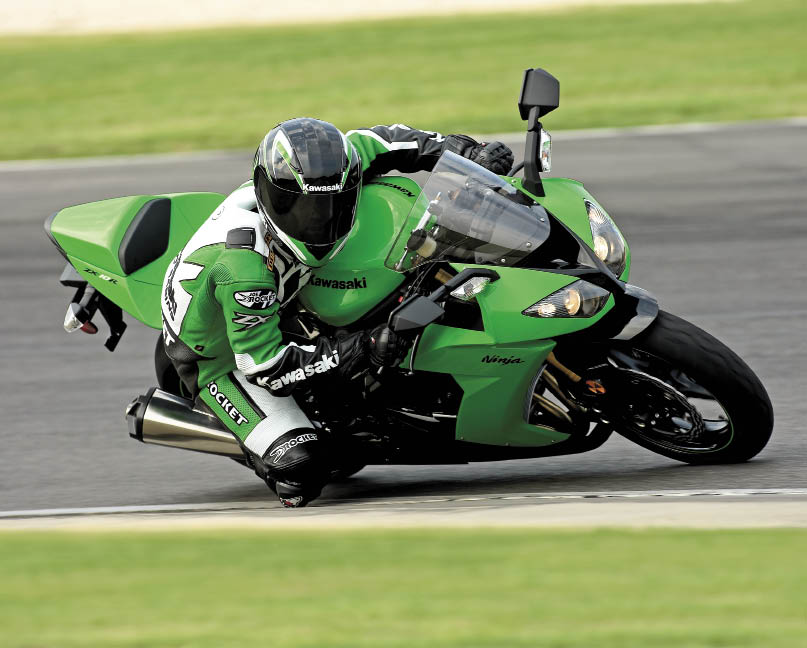 bikes they have today, until Kawasaki began development on an everyday superbike. Shrouded in secrecy for over six years, Kawasaki was ready to rewrite the rules on what a high performance motorcycle should look and ride.
bikes they have today, until Kawasaki began development on an everyday superbike. Shrouded in secrecy for over six years, Kawasaki was ready to rewrite the rules on what a high performance motorcycle should look and ride.When the Ninja GPZ900R was released by Kawasaki in 1984, a new class was born. Branded as the Ninja in the US, the bike integrated big displacement, lower weight and the kind of technology that was previously only found on the racetrack. It was the World’s first liquid-cooled inline-4 superbike and Kawasaki’s competitors scrambled to play catchup. The 908cc motor featured 16-valve technology churned out and impressive 115 hp. This kind of get up and go allowed the bike to click off a 10.55-second 1/4 mile out of the box on the way to top out at 151 mph. Previously, no other production bike had been able to crack the 150 mph barrier before the Ninja.
The compact, yet advanced design was light years ahead of competitors. In competition, the GPZ900R dominated larger displacement rivals races in its first year. After being released only three months prior, a trio of Ninja GPZ900Rs were entered in the prestigious Isle of Man Production TT race with Geoff Johnson taking the checkered flag, followed by yet another Ninja rider. On the streets and tracks around the world, the Ninja dominated the landscape, with only Yamaha rivaling sales and performance with their FZ line. Yet for every displacement, Kawasaki unveiled a Ninja over the years to battled the competition preventing them from taking away the spotlight.
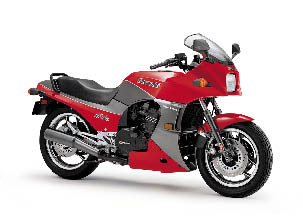 |
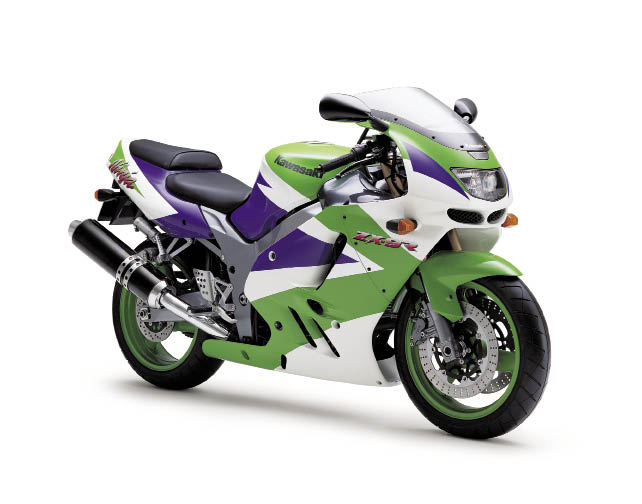 |
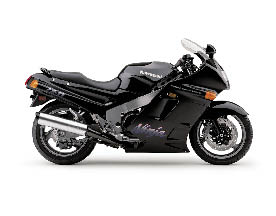 |
The year after, a smaller and lighter Ninja GPZ600R was released for riders looking for the same cutting-edge technology in a more everyday package. In 1986, the successor to the GPZ900R came in the form of a litre bike called the 1000R. With 997cc and 125 hp, the new Ninja asserted itself as the fastest production bike yet again and continued to set records in its wake. By the end of the decade, monsters like the ZXR-750, ZX-10 and ZX11 controlled the motorcycle world, The 1990s saw many Ninja highlights including the 1994 ZX-9R and ZX-6R the following year with the race inspired ZX-7RR debuting in 1996.
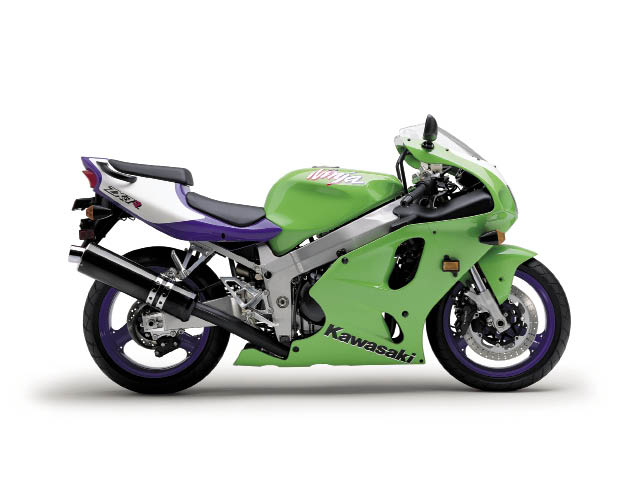 |
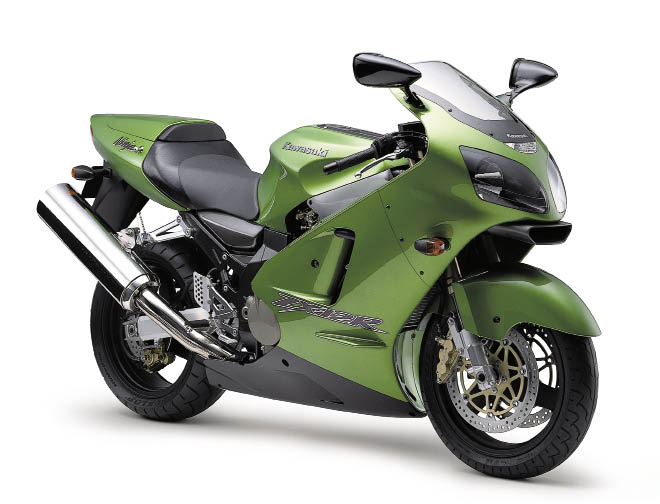 |
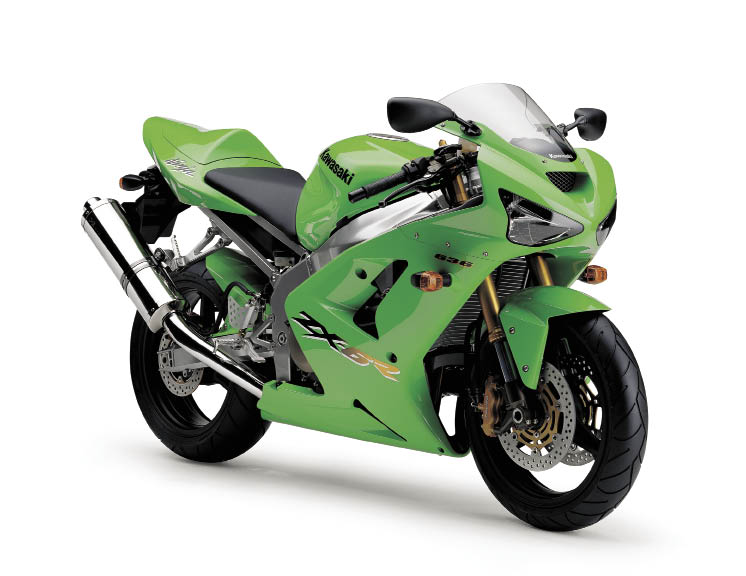 |
After other manufacturers had caught up and even snatched the World’s Fastest Production Bike title by 1996, Kawasaki went back to the drawing board. By this time, every competitor had lightweight aluminum frames, advanced suspension and loads of race-inspired features. The Superbike world 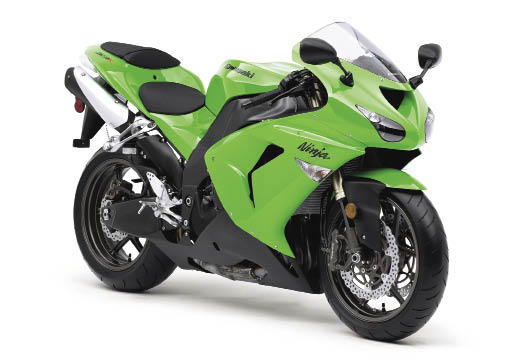 was getting crowded, so they set off in a new direction of innovation and styling. The ZX-12R was the bike to put the Ninja back on the map, designed solely to dethrone the 1300cc Suzuki Hayabusa in terms of acceleration and top speed. The 2000 launch of the ZX-12R was delayed by weeks under the threat of being banned on public roads by some European officials. As a result, Kawasaki detuned the engine and it had to settle for runner-up and it wasn’t until 2005 when the ZX-14 provided some real competition.
was getting crowded, so they set off in a new direction of innovation and styling. The ZX-12R was the bike to put the Ninja back on the map, designed solely to dethrone the 1300cc Suzuki Hayabusa in terms of acceleration and top speed. The 2000 launch of the ZX-12R was delayed by weeks under the threat of being banned on public roads by some European officials. As a result, Kawasaki detuned the engine and it had to settle for runner-up and it wasn’t until 2005 when the ZX-14 provided some real competition.
This brings us into the modern and edgy Ninjas of today. In 2003, the Ninja ZX-6R was released to redefine performance out of 636cc. The following year, the ZX-10R was a radically different and high performing bike that was livable on the streets. The ZX-10R continues to be very competitive in racing and has produced a very strong following for the brand. Accomplishments on the race track filter down Kawasaki’s Ninja line which includes a Ninja 250, all the way on up to the ZX-14.
For Kawasaki, defining a class of motorbike was not easy and did not happen overnight. By cutting their teeth in the mid-80s and continuing to reinvent their Ninja line, Kawasaki still makes some of the most exciting sportbikes, superbikes and hypersports of all time. The list of features, innovations and off-the-lot excitement gives the Ninja rider an unparalleled motorcycle experience.

























